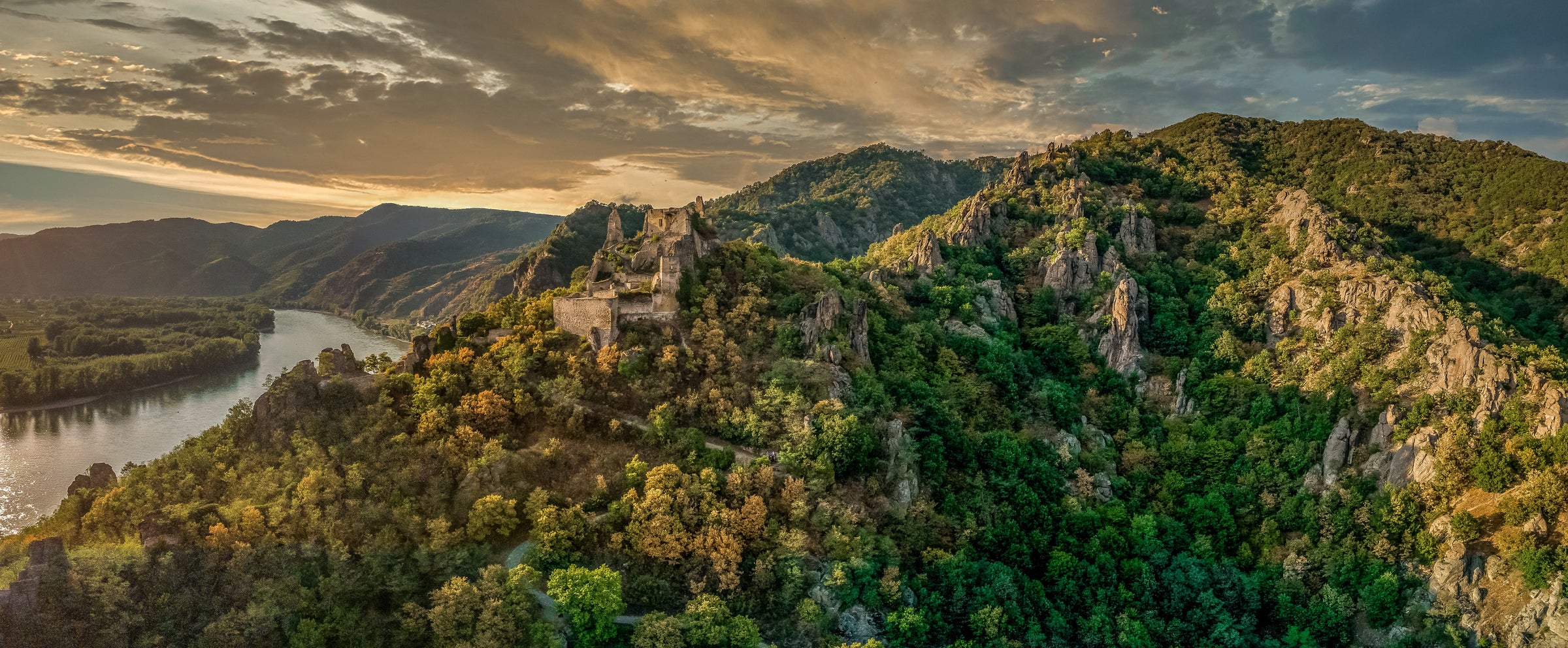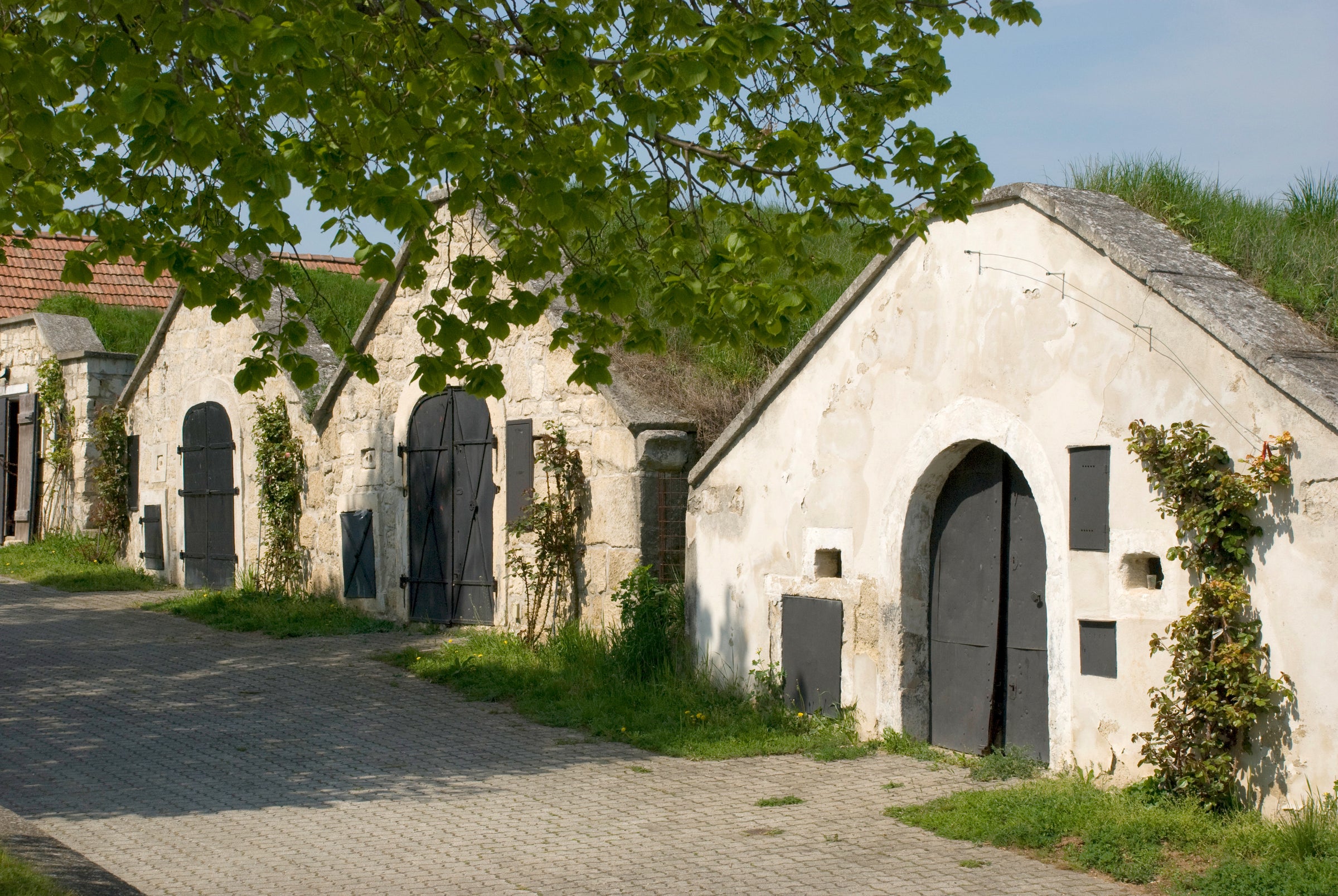If you pride yourself on knowing the greatest producers from the world’s top regions, ignoring Paul Achs’ reds might as well be an arrestable offense. Austria is home to thousands upon thousands of growers, but only 19 of them currently have a five-star rating from Falstaff, an international wine and food publication with a multi-million-person subscribership. This shortlist includes legends like Weinguts Knoll, Pichler, Prager, Alzinger, Bründlmayer—and today’s extraordinary producer, Paul Achs, one of the most impressive success stories of contemporary times.
And yet, I’d like to include them in an even-shorter list because Paul Achs is a truly rare breed renowned for red wine production, not white. Their impassioned proclivity and dedication to the Blaufränkisch grape is rivaled by only a few: Achs’ precious raw material has been farmed biodynamically for 15 years, and you can truly taste the purity of fruit in today’s microscopic, site-specific “Edelgrund” bottling. This is an exceptionally pristine, mineral, and wonderfully savory red handcrafted with minimal intervention in a combination of Burgundy and Austrian barrels. Each small release is always highly anticipated by our team because it provides a meditative, if not chameleonic, experience that demands hours of contemplation. It’s quite simply one of the great “new age” reds of the world, and it’s available today at the lowest price in the country. Just 225 cases in total were produced, and we secured a meager fraction of that—do not miss out!
Spend some time researching Austria’s Blaufränkisch grape and you’re likely to hear much more about its likeability than its nobility. There’s a lot of borderline-condescending talk among the experts about how “charming” its wines are, but very few are putting it up there with the greats—Paul Achs, and us, are among them. Based in the village of Gols, just east of Lake Neusiedl and not far from the Hungarian border, Achs is “all in” on Blaufränkisch and there’s nothing quixotic about that. If Blaufränkisch can deliver this much refinement at this price, do we need to re-think the conventional wisdom on this variety? We think so.
Achs is one of the founding members of Respekt, an association of biodynamic vintners, and Falstaff named him “Vintner of the Year” early in his winemaking career. After a period of travel and research that included a winemaking stint in California, Achs returned to his family’s farm in Gols in 1991 and transformed it completely, shifting it from mostly white wine production to 90% red—with a focus on Blaufränkisch, which now accounts for more the half of his total production from 25 hectares of vineyards.
Burgenland is the DAC, or controlled appellation of origin, that extends west and south of Lake Neusiedl near Austria’s border with Hungary. It’s part of a broad, warm, central European lowland area known as the Pannonian Basin, and while much of it is comprised of sandy, loamy gravel (including the Heideboden area around Gols), there are some variations in soil type; these are highlighted in an assortment of single-vineyard bottlings from Achs as you climb the ladder in his range, which progresses from bright and finessed to deeper, darker, and more mineral. Today’s “Ried Edelgrund” is a tiny single vineyard located in the Heideboden region, and it contains 30-year-old vines planted in soils of dark loam, gravel, and limestone. The hand-harvested fruit aged 12 months in a mix of used Burgundian pièce barrels and larger French and Austrian casks. It was bottled without any fining or filtration, and only a tiny dose of sulfur was applied.
Ach’s 2018 “Edelgrund” Blaufränkisch is medium-bodied, brambly, and loaded with a powerful crushed mineral imprint. There’s something for everyone here: Decant it 30 minutes (if you want to let the reduction and ‘prickle’ blow off) before serving in large Burgundy stems and it’ll delight anyone who swoons for naturally crafted Burgundy, Northern Rhône wines, northeastern Italian reds, and some of the spicy creations of Spain’s Galicia. The nose wafts out sublime aromas of boysenberry, huckleberry, black raspberry, cherry skin, wild plums, wet stone, struck flint, dried herbs, exotic spice, cracked pepper, citrus zest, and a touch of barnyard. This is not a polished, formulaic red generated for the masses: It’s a savory and crunchy creation with a bit of a wild side, yet such an incredibly pure snapshot of biodynamic Burgenland Blaufränkisch—this is an alliteration I can get behind! Enjoy now and over the next 2-5 years. Cheers!








